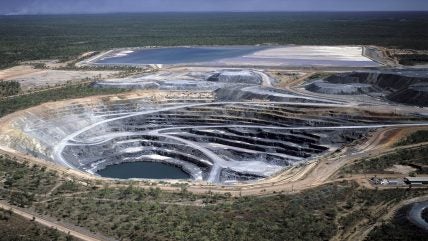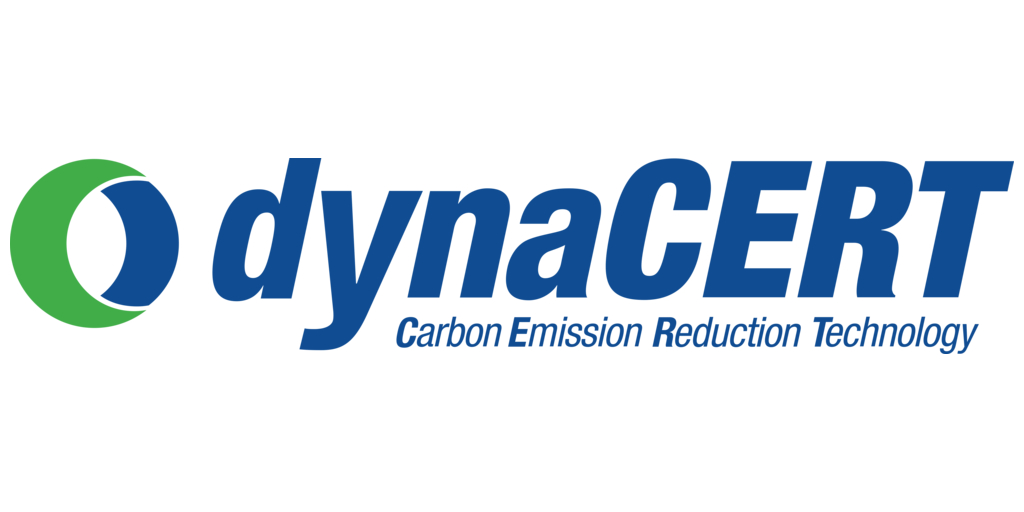The Global Energy Perspective 2023 models the outlook for demand and supply of energy commodities across a 1.5°C pathway, aligned with the Paris Agreement, and four bottom-up energy transition scenarios. These energy transition scenarios examine outcomes ranging from warming of 1.6°C to 2.9°C by 2100 (scenario descriptions outlined below in sidebar “About the Global Energy Perspective 2023”). These wide-ranging scenarios sketch a range of outcomes based on varying underlying assumptions—for example, about the pace of technological progress and the level of policy enforcement. The scenarios are shaped by more than 400 drivers across sectors, technologies, policies, costs, and fuels, and serve as a fact base to inform decision makers on the challenges to be overcome to enable the energy transition.
Growing global momentum could accelerate the energy transition, as demonstrated by the UAE Consensus, released in December 2023, that calls on Parties to make a just and orderly transition away from fossil fuels while accelerating zero- and low-emission technologies such as carbon capture, utilization and storage (CCUS), particularly in “hard-to-abate” sectors. This article examines the role that CCUS could play in decarbonizing energy systems and takes a closer look at what it will be needed for it to scale to a globally impactful level.
CCUS addresses CO2 emissions at point-source industrial and power facilities by capturing, concentrating, and purifying the CO2 through a variety of technologies (typically amine absorption). The captured CO2 is then compressed for transport, which physically moves the CO2 from the capture point to the location where it will be stored or used. Transportation typically happens through pipeline networks, but can also take place by ship, truck, or rail. Captured CO2 can be permanently stored underground in saline aquifers or oil and gas reservoirs or, alternatively, can be used as a feedstock for manufacturing processes such as synfuel or cement. CCUS could play an important role in decarbonizing hard-to-abate sectors, and could be deployed to mitigate emissions should fossil fuel usage not be reduced quickly enough to meet climate goals.
Key drivers and uncertainties for CCUS
CCUS is subject to considerable uncertainty and may depend on policy incentives, economics by sector and region, technology development, and interaction with alternative decarbonization technologies. Our analysis suggests it will be increasingly important to watch out for five signposts critical for CCUS development:
- Subsidies and regulatory interventions: In Europe and North America, tax credits, direct subsidies, and price-support mechanisms are beginning to stimulate the industry; equally important are tools such as product standards—for example, mandating certain volumes of green commodities, including steel or cement.
- Coordination among industry players: Building large new pipeline and storage networks to gather and dispose of CO2 is time- and capital-intensive and can also spur safety concerns in local communities. Industry players could work together and in close consultation with fence-line communities to develop the shared infrastructure that will enable CCUS. Current clusters have been slow to mobilize, forming over many years due to regulatory and economic uncertainties, and as these factors stabilize, lessons will need to be quickly transmitted to the next generation of projects so they can get going faster.
- Willingness to pay for lower-carbon-intensity products: To enable CCUS to be viable, businesses and consumers may have to pay premium prices for green products, particularly for zero- or near zero-carbon products. This could make CCUS-enabled premiums particularly promising in sectors such as cement, where CCUS is the leading option for deep decarbonization.
- Valuation of CO2 as a feedstock: The utilization of CO2 and its sale as a product offers a revenue source to offset the cost of capture. CO2 is already used in many industrial processes (such as oil recovery and food processing). However, opportunities remain for companies to scale businesses with further monetizable uses of captured CO2 (such as CO2-based polymers and synthetic fuels).
- Voluntary carbon markets: Some CCUS pathways, such as BECCS and DAC, as well as hydrogen or cement based on biofuels, have the potential to deliver negative emissions. Negative-emissions credits can be monetized in voluntary carbon markets and could make up future value pools as the demand grows for high-quality negative-emissions offsets in the coming years. Funding could become available for decarbonizing existing assets in voluntary markets. There is ongoing work to improve standards in carbon markets and to ensure that schemes have positive outcomes. For example, six of the major independent carbon crediting standards pledged at COP28 in December 2023 to collaborate to increase the impact of activities under their standards and to enhance transparency and consistency across the market.
To request access to the data and analytics related to our CCUS outlook, or to speak to our team, please contact us.



